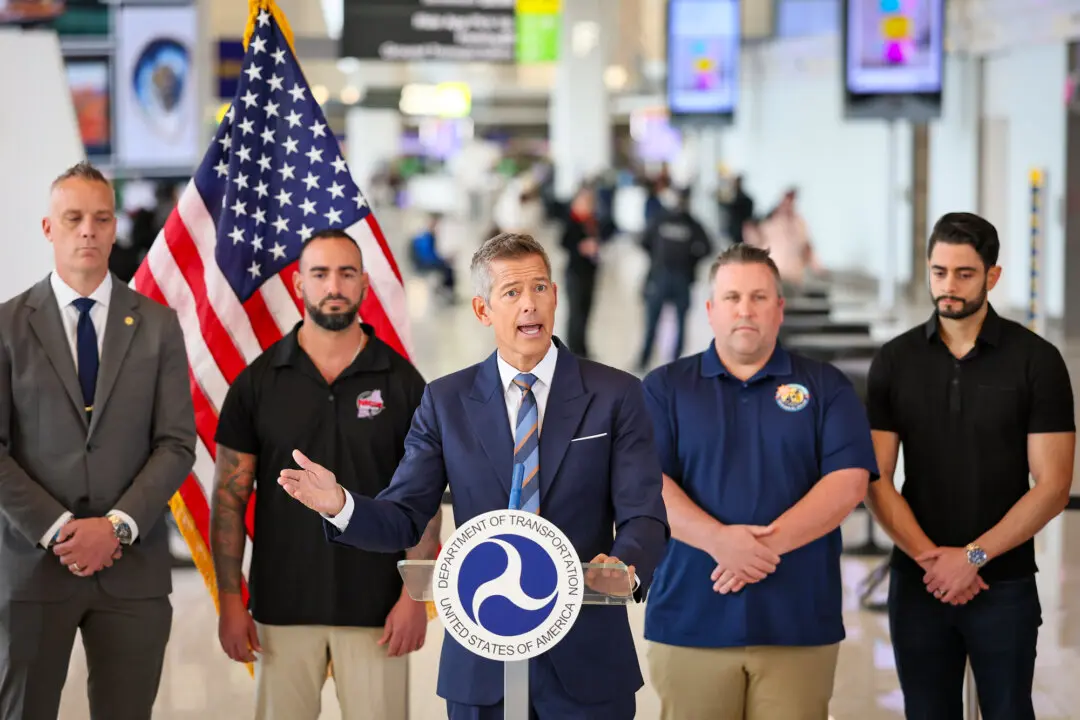Former NASA astronaut James A. McDivitt, who commanded the Gemini IV and Apollo 9 missions, passed away in his sleep on Oct. 13 in Tucson, Arizona, according to an Oct. 17 press release from NASA. He was 93 years old.
McDivitt first flew in space as commander of the Gemini IV mission in June 1965. He “was joined by fellow Air Force pilot Ed White on the program’s most ambitious flight to date. During Gemini IV, White would become the first American to venture outside his spacecraft for what officially is known as an extravehicular activity (EVA) or as the world has come to know it, a spacewalk,” NASA said in a news release.





